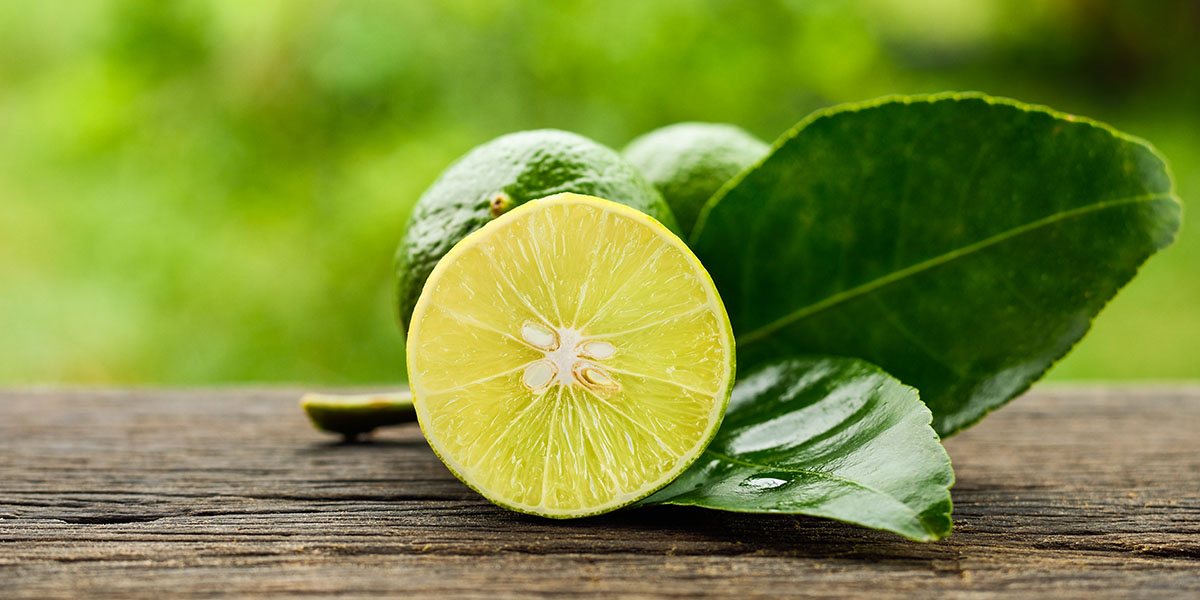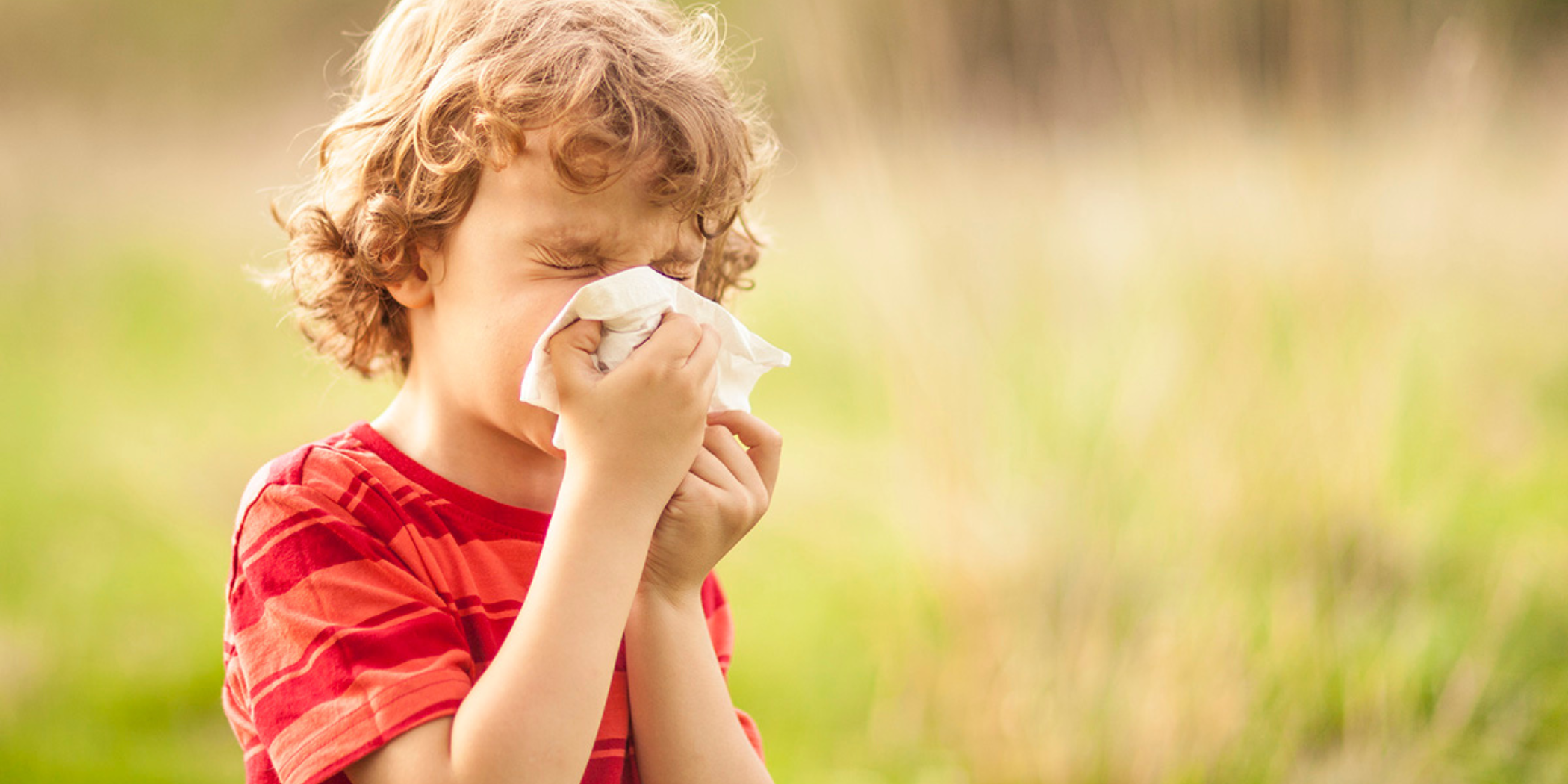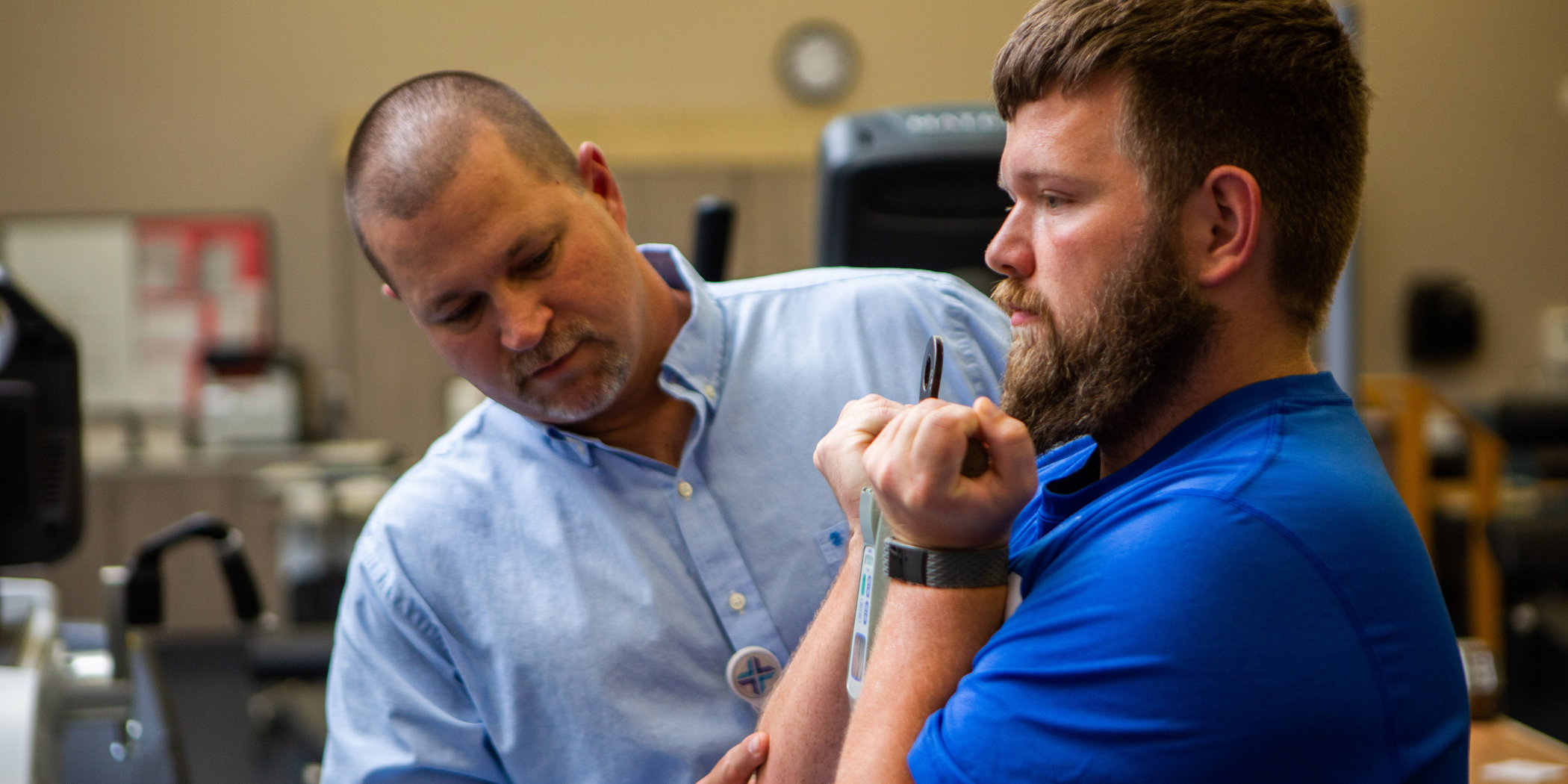
When limes attack!
You're at your cousin's barbecue slicing limes for drinks in the kitchen. You finish up, wipe off your hands and head outside to join the party. Over the next few days you notice something odd:
Day one – The tops of your hands are red. Whoops, forgot to use sunscreen. Oh well, lesson learned.
Day two – Your hands are still red and starting to swell. Huh, that's weird.
Day three – Your hands are swollen and huge yellow blisters appear, it's time to go to the immediate care center.
What you didn't know three days ago is that lime juice contains a chemical that reacts to sunlight. The combination can cause reactions ranging from mild skin irritation all the way to second-degree burns, depending on how long you were exposed.
While limes are the most common culprit, the same photosynthesizing chemical is also found in other citrus fruits, carrots, celery and wild parsley, dill and parsnips.
Phytophotodermatitis, otherwise known as lime juice burn or margarita burn, can be difficult to identify and is often mistaken for other skin conditions like poison ivy, poison oak, sunburn and hives. If not severe, phytophotodermatitis goes away on its own and treatment includes soothing the affected area with a cool, wet washcloth and a topical ointment like hydrocortisone. Persistent pain, swelling and severe blistering need to be treated by a physician.
If you have a mild reaction and aren't quite sure if it was phytophotodermatitis, there is one sure-fire way to tell.
The chemical that causes phytophotodermatitis is also responsible for excess melanin production in skin cells, so affected areas will appear darker than the surrounding skin. The discoloration will fade over time, usually several weeks to months depending on the severity of the reaction. Reducing sun exposure to affected areas and using sunscreen can also help prevent further discoloration.
Not everyone will have a negative reaction to these photosynthesizing chemicals, but it is more likely to happen if you have a history of sensitive skin. In addition to your cousin's barbecue, other times to be careful include:
- Playing or working outdoors or in wooded areas
- Gardening
- Coming into contact with plants that have a lot of sap
- Using plants containing photosensitive chemicals in your campfire
But most of all, remember that phytophotodermatitis is easy to prevent. The photosensitive chemicals wash right off with soap and water. So go ahead slice up those limes and indulge in the taste of summer. Just don't forget to wash your hands.












